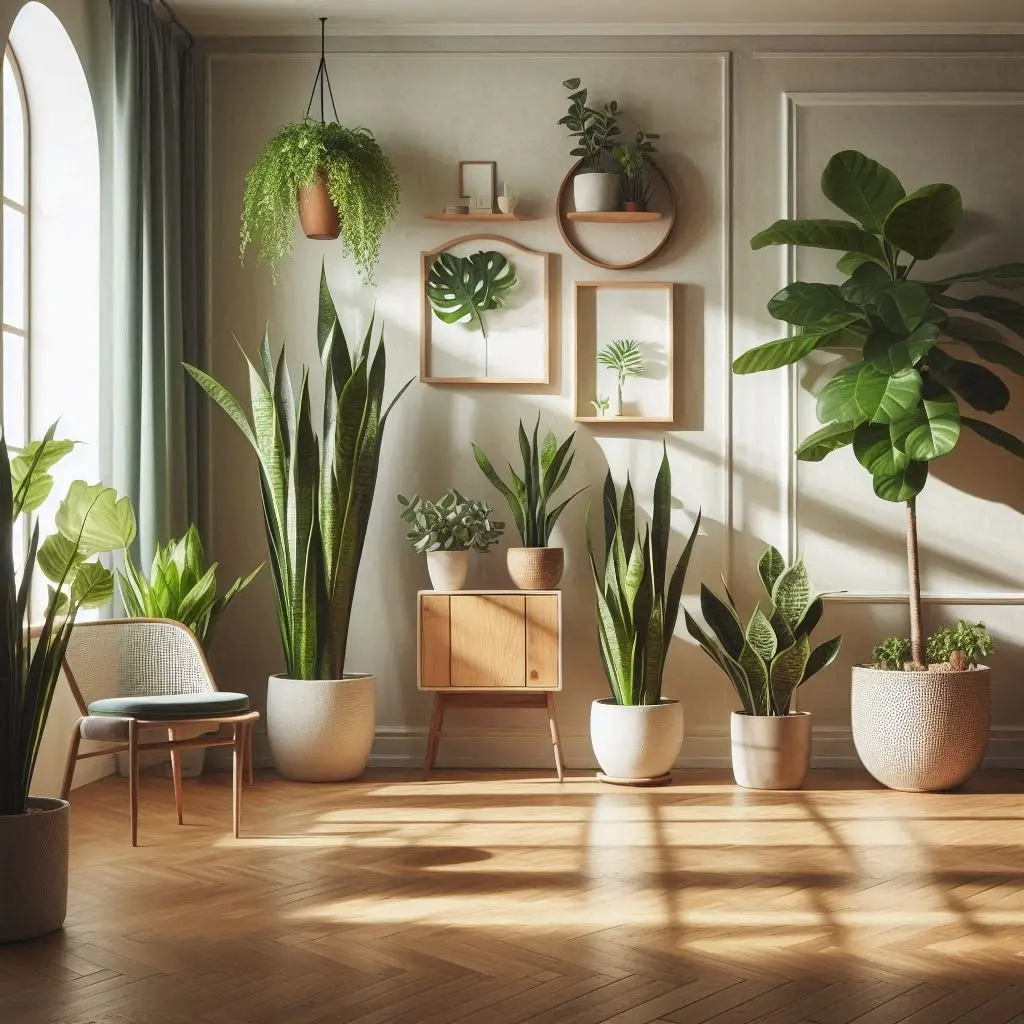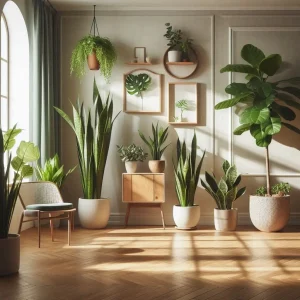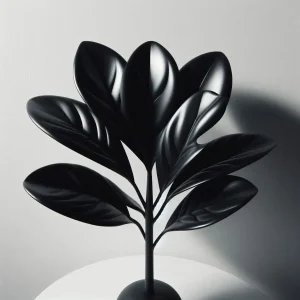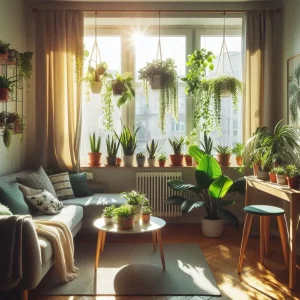To relocate indoor plants, start by carefully removing the plant from its current pot. Then, place the plant in the new pot and fill it with fresh soil, pressing the soil down to secure the plant in place. Finally, water the plant and move it to its new location, using organic fertilizer. When moving a plant, ensure it has been adequately watered before relocation, and avoid using dry soil. Additionally, be mindful that some plants are sensitive to environmental changes and may require time to readjust, so give them sufficient time to acclimate to their new surroundings.
Dos and Don’ts of Relocating Indoor Plants
| Topic | Information |
| Best Time for Relocating Indoor Plants | Spring and Autumn are the optimal seasons for relocating apartment flowers and plants due to favorable conditions. |
| Necessity of Watering Before Relocation | Watering the plant at least 2-3 days before moving is essential to ensure sufficient hydration for successful relocation. |
| Suitable Packaging for Relocation | Using bubble wrap inside the cardboard box is recommended for protecting plants against impacts during transportation. Ensure high-quality bubble wrap with double-layered cushioning for optimal protection. |
| Labeling Importance | Labeling is useful for preserving specific information about plants, including type, lighting, and watering requirements, preventing confusion when dealing with multiple types of flowers. |
Moving flowers and plants can be beneficial for them, but certain considerations should be kept in mind to properly relocate your plants:
Ideal Timing for Moving Indoor Plants:
Page Contents
ToggleIt is advisable to relocate flowers and plants at the right time, with the best seasons being spring and autumn. The optimal timing for moving indoor plants depends on various factors such as the type of plant, season, weather conditions, growth patterns, and more. However, in general, the best times for relocating indoor plants are spring and autumn. During spring, with the increase in daylight hours and sunlight, plants start to grow and produce new foliage. This is when plants have more energy and better readiness for relocation. Additionally, during spring, the air temperature becomes warmer compared to winter, and as a result of this temperature increase, plants grow better and faster.
read more: Tips for plants in summer
In the autumn season, weather conditions are also better and milder compared to summer, making it an opportune time for relocating indoor plants. Moreover, during autumn, plants exhibit a higher readiness for relocation, assisting them in thriving well throughout the winter. Nevertheless, when moving apartment plants, attention must be paid to the specific conditions of each type of flower and plant, and the appropriate time should be chosen based on their needs.**
Watering before Moving Indoor Plants:
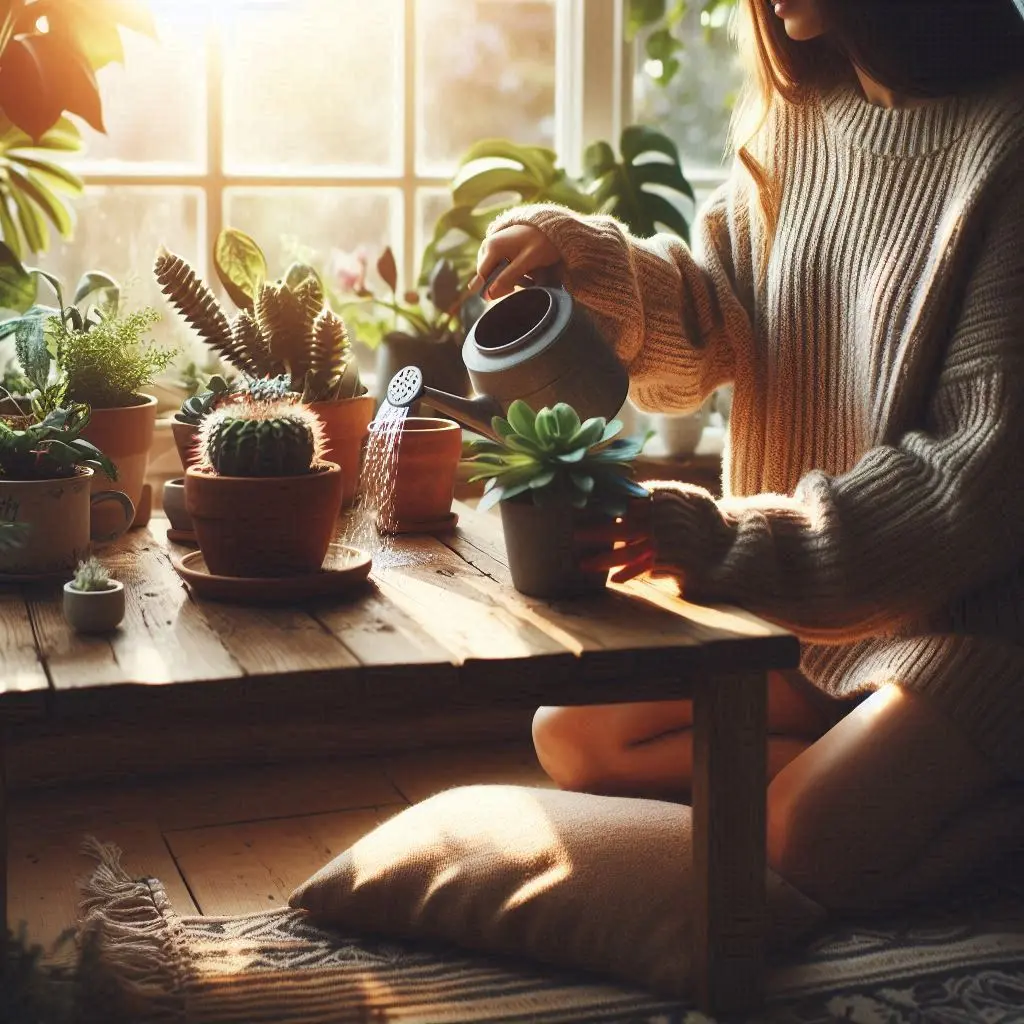
It’s preferable to water the plant at least 2-3 days before relocation. This helps the plant access sufficient water before the move and allows its roots to absorb water effectively. Also, it’s better to water the plant on cooler days with less sunlight to prevent excessive drying of the plant. Never water the plant in extremely hot weather and intense sunlight, as it may lead to burns and damage to the plant. In general, regular and proper watering is a crucial step in caring for plants, contributing to their health and better growth.
Delay Relocating Indoor Plants During Flowering:
If your flowers and plants are currently in the flowering stage, it’s advisable to postpone relocation to prevent any damage. During this phase, the plant is actively growing and developing, requiring stable and consistent environmental conditions. Relocating may shock the plant, leading to a decrease or loss of branches and flowers due to the changes in environmental conditions.
Moreover, moving plants during flowering may hinder the growth and development of the flowers. This is because the plant directs its energy towards root and new leaf growth for the transfer of energy to the flowers. Consequently, relocating indoor plants can result in an insufficient transfer of energy to the flowers, leading to a decrease in both quantity and quality.
In general, the optimal time for relocating indoor plants is when the plant is in a resting state or at least before the onset of the growth and flowering season. Avoid moving plants during their flowering period to ensure the health and vitality of your indoor greenery.
Avoid Moving Plants During Summer:
Relocating flowers and plants during the summer season can induce stress and weakness in the plants due to the hot and dry weather conditions. In summer, plants require regular and sufficient watering, and moving indoor plants may disrupt the balance of soil and air moisture, leading to dryness and plant weakness. Additionally, the high temperatures during summer pose a risk of root and leaf damage as a result of the relocation.
Therefore, the best time to move indoor plants during warm seasons is at the end of summer or early autumn when the weather conditions are milder. Furthermore, ensure that plants are thoroughly watered before and after relocation, and pay sufficient attention to soil moisture during the moving process.
Steps for Relocating Indoor Plants:
Several fundamental factors play a crucial role in the relocation of indoor plants, including suitable boxes, proper packaging, labeling, and more, which we will discuss.
Appropriate Boxes for Moving Indoor Plants:
For moving indoor plants, the best choice is lightweight and sturdy boxes designed for transporting flowers and plants, available in garden stores. These boxes should have suitable dimensions for plant relocation, and it’s advisable to use square or rectangular boxes for transporting flowers and plants. To prevent scratches and damage to the plants, consider using plastic boxes or similar containers inside the cardboard box. Additionally, to safeguard the plants from damage, use materials like newspaper or bubble wrap for padding inside the box during packaging.
Selecting the Right Cardboard for Packing Flowers and Pots:
The material of the cardboard for packaging flowers and pots should match the specific needs and characteristics of each flower and pot. However, in general, it is essential to use high-quality cardboard. Since flowers and pots come in different sizes and shapes, packing each flower and pot requires cardboard with suitable features. For instance, if the pot is made of glass, it is advisable to use a more durable and thicker cardboard to prevent breakage during transportation. Additionally, if a flowering plant has long leaves and delicate branches, the use of cardboard with an appropriate height is necessary to ensure that the leaves and branches do not bend or suffer damage during relocation.
Proper Packaging for the Relocation of Indoor Plants:
Packaging inside cardboard makes the process of transporting delicate products like flowers and pots more manageable and secure. Materials such as bubble wrap, newspaper, and others can be used for packaging inside the cardboard. However, using newspaper as an alternative for proper packaging is not recommended since it may cause scratches and damage to the flowers. Moreover, in some cases, it might absorb moisture, potentially harming the flowers.
Using bubble wrap for packaging inside cardboard is an excellent option. Bubble wrap provides protection against impact and other hazards, preventing damage to the flowers. Ensure that you use high-quality bubble wrap with double-layered bubble cushioning for the best protection of the flowers.
Labeling:

Labeling for flowers and pots is useful for preserving specific information you may have about your flowers, such as the type of plant, lighting conditions, watering requirements, and more, written on the label. Additionally, if you have multiple types of flowers, labeling helps you distinguish and avoid confusion among them. Therefore, labeling assists you in properly caring for your plants and providing them with suitable conditions.
When is the Best Time to Relocate Indoor Plants?
It is preferable to move flowers and plants at the right time, and the best seasons for this task are spring and autumn. The suitable time for relocating indoor plants depends on various factors such as the type of plant, season, weather conditions, growth methods, and more. However, in general, it can be said that the optimal time for relocating apartment flowers and plants is during spring and autumn.
Is Watering Before the Relocation of Plants Necessary?
Yes, water the plant at least 2-3 days before relocating. This helps the plant access sufficient water before the move and allows its roots to absorb water effectively.
Read how to pack small potted plants from bhg:
After packing up everything but the kitchen sink, it’s time to work on your plants. Choosing to pack them last is the best way to ensure their safety during the move, while minimizing the stress on them. Prepare your smaller plants first. Because they easily can get lost in the midst of moving boxes or get crushed, find safety in numbers. Put all your smaller houseplants into a box together. Don’t forget to cut some holes in the top and the sides to increase airflow.
What is the Suitable Packaging for the Relocation of Indoor Plants?
Using bubble wrap for packaging inside the cardboard is a good option. Bubble wrap provides protection against impacts and other hazards, preventing damage to the flowers. Ensure that you use high-quality bubble wrap with double-layered bubble cushioning for the best protection of the flowers.

